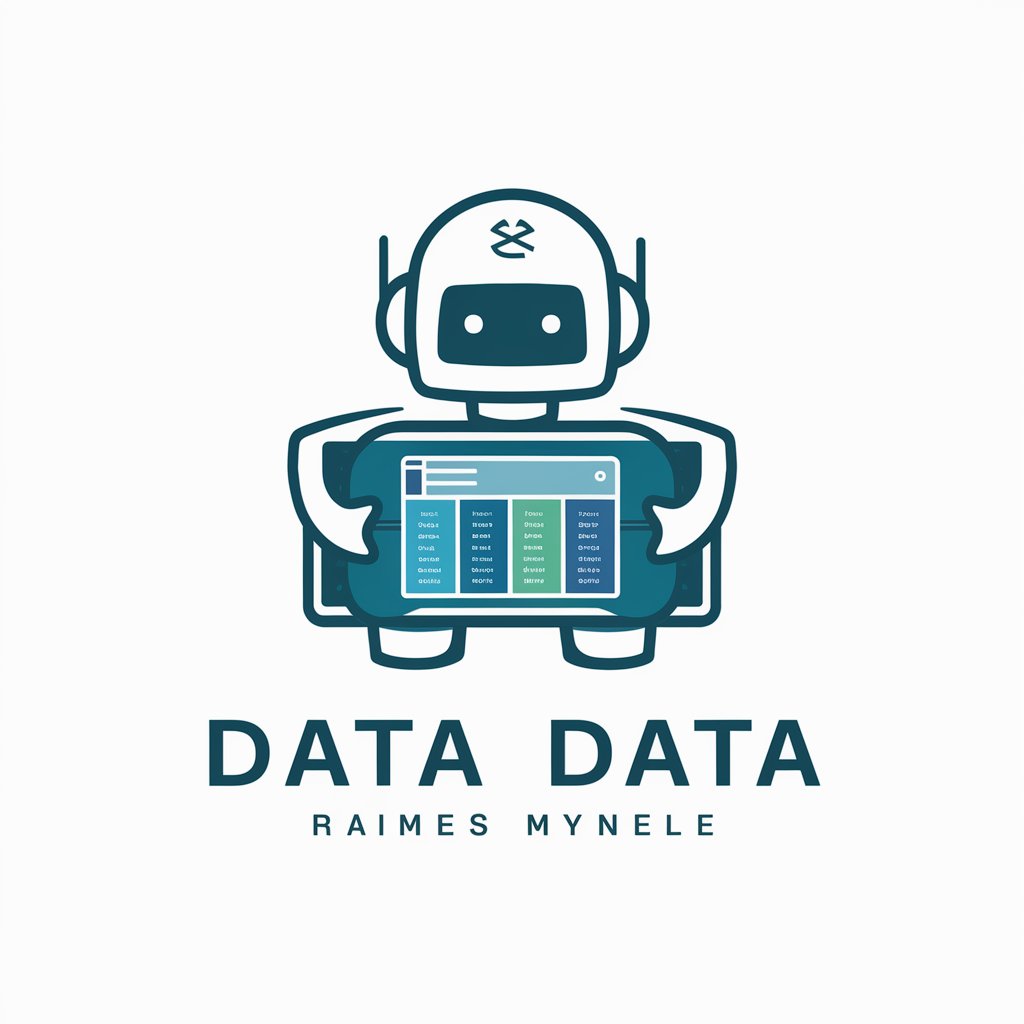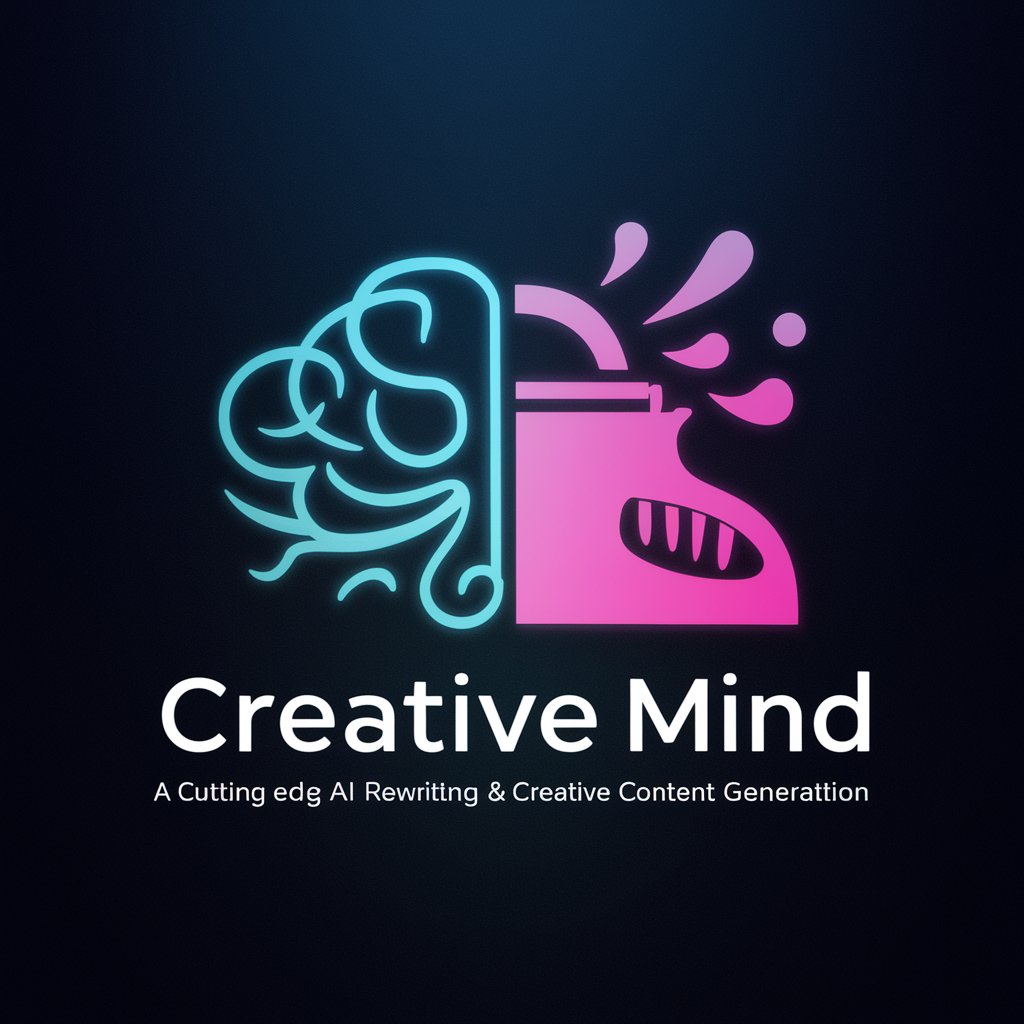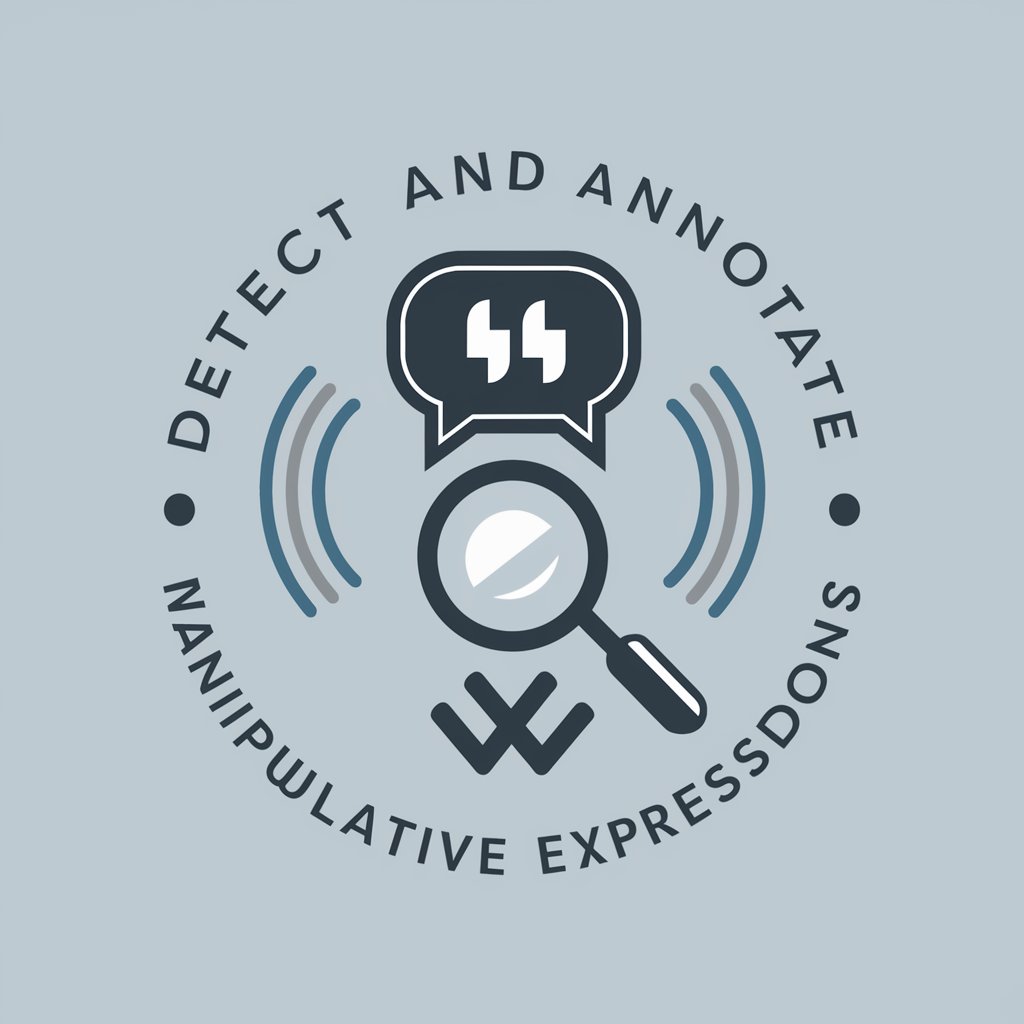
Sequential Manipulation - Analytical Tool for Content Dissection

Hello! Let's explore the Kuleshov effect together.
Unravel narratives, decode perceptions.
What does the Kuleshov effect reveal here?
Can you find any subtle manipulations in this text?
Is there a bias in how this information is presented?
How does this content use the Kuleshov effect?
Get Embed Code
Understanding Sequential Manipulation
Sequential Manipulation is designed to critically analyze and explain the Kuleshov effect across various contexts, particularly in text and media. The essence of this concept lies in the power of sequence and juxtaposition to shape narratives and perceptions, a technique often employed in film editing but equally applicable to the arrangement of text, images, and other forms of media. By altering the order in which content is presented, it's possible to manipulate an audience's emotional response or perception of a given subject. For example, the same facial expression can be interpreted differently depending on the preceding shot; a smile appears compassionate when followed by a scene of charity but might seem sinister after a scene of wrongdoing. This principle underscores the importance of critical evaluation in understanding the underlying messages or biases within content. Powered by ChatGPT-4o。

Core Functions and Applications
Critical Evaluation of Content
Example
Analyzing news articles to reveal how the placement of information influences public opinion.
Scenario
In a political news report, the sequence in which facts are presented might subtly endorse or discredit a particular viewpoint. By critically evaluating the structure of the article, users can discern potential biases or manipulations.
Identification of Subtle Manipulations
Example
Examining social media posts to uncover hidden agendas or biases.
Scenario
A social media campaign promoting environmental awareness might strategically sequence images and facts to evoke a strong emotional response, thereby encouraging action. Identifying these manipulations helps users understand the campaign's true intent.
Spotting Inconsistencies and Uncovering Biases
Example
Dissecting film or video content to expose how editing shapes narrative.
Scenario
In documentary filmmaking, the arrangement of interviews and archival footage can dramatically affect the viewer's perception of truth. Spotting inconsistencies in the narrative flow or editing biases allows for a more informed interpretation of the content.
Target User Groups
Media Analysts and Critics
Professionals who dissect content for biases, narrative techniques, and manipulations. They benefit from Sequential Manipulation by gaining tools to critically evaluate the construction of media narratives, enhancing their analyses.
Educators and Researchers
Individuals in academic fields who study media literacy, communication, and psychology. They use Sequential Manipulation to teach critical thinking skills, helping students and peers understand the impact of media sequencing on perception and cognition.
General Public with an Interest in Media Literacy
Curious minds seeking to understand the media they consume and to develop a critical lens for navigating the information-dense world. This group benefits from learning to question and analyze the sequencing of content in news, social media, and entertainment, fostering a more analytical and less accepting approach to media consumption.

Guidelines for Using Sequential Manipulation
Begin Your Experience
Start by visiting yeschat.ai to explore Sequential Manipulation with a free trial, no login or ChatGPT Plus subscription required.
Identify Your Needs
Consider what you want to achieve: analyzing text, media content, or both. This clarity will help you use the tool more effectively.
Utilize Advanced Features
Leverage the tool's capabilities to dissect and understand the construction of narratives and perceptions in your chosen content.
Apply Critical Thinking
Engage with the content critically, questioning the arrangement and its potential impact on perception and understanding.
Reflect and Analyze
After manipulation, take time to reflect on how the sequence of content alters its interpretation. This step is crucial for deep insights.
Try other advanced and practical GPTs
SovereignFool: BambooVirtuoso
Unleashing Bamboo's Potential with AI

SovereignFool: MindControl Connoisseur
Unveiling the Power of Influence

SovereignFool: Rights and Wrongs
AI-Powered Ethical Decision-Making

SovereignFool: TabooTopic Tackler
Empowering Conversations on Taboo Topics

LetsAI Prompter
Crafting Visual Stories with AI

“Lawyer Prompt Engineer”
Empowering Legal Solutions with AI

Versatile AI Helper
Empowering Insights with AI

AI Vanguard
Empowering Conversations with AI Intelligence

GptOracle | The Bodybuilding Coach
AI-powered personal bodybuilding coach.

ImageMagick Maestro
Transforming ideas into image magic with AI

IBC 2018, 2021, and 2024 Code Counselor
Empowering construction with AI-driven code guidance.

Blockchain Asset Tokenization
Digitizing assets through AI-driven blockchain technology.

Frequently Asked Questions about Sequential Manipulation
What is Sequential Manipulation?
Sequential Manipulation is a tool designed to analyze and explain the Kuleshov effect in text and media, focusing on how the arrangement of content can manipulate perceptions and create narratives.
How can Sequential Manipulation benefit academic research?
In academic research, it can uncover biases, expose narrative constructions, and foster a critical examination of how information is presented, enhancing the depth and quality of scholarly analysis.
Can Sequential Manipulation be used for media analysis?
Absolutely. It is especially powerful for dissecting films, advertisements, and news segments, revealing how editing shapes viewer perceptions and the conveyed messages.
What skills are necessary to effectively use Sequential Manipulation?
Users should possess critical thinking and analytical skills, as well as a basic understanding of narrative structures and media production techniques, to fully leverage the tool's capabilities.
Is Sequential Manipulation suitable for beginners?
Yes, while it benefits from some foundational knowledge, beginners can use it to develop a more critical approach to consuming and analyzing content, with practice enhancing their proficiency.





